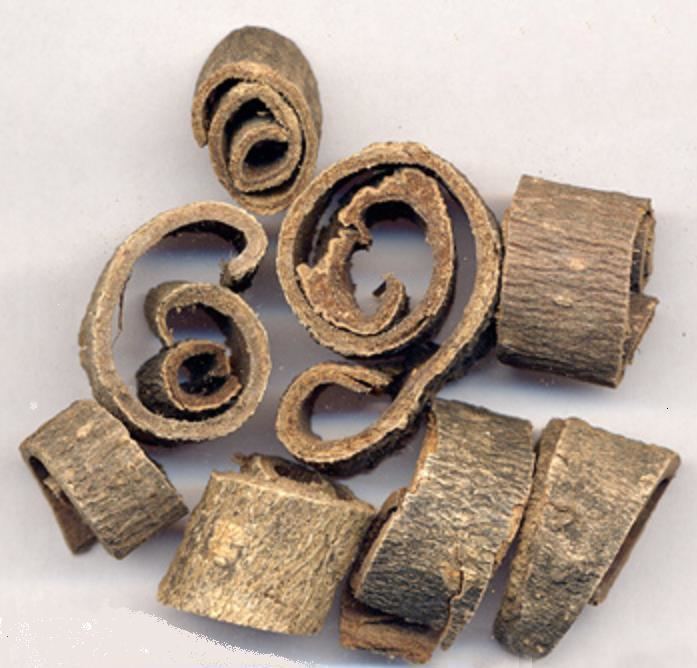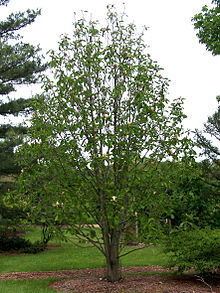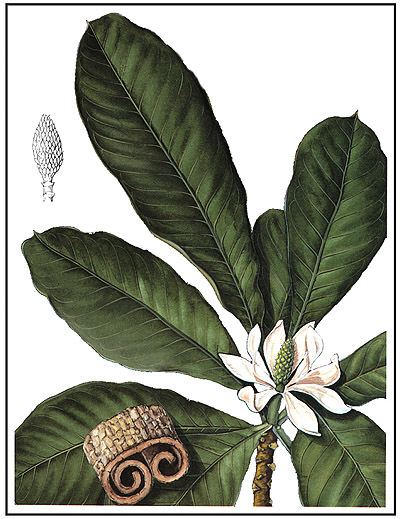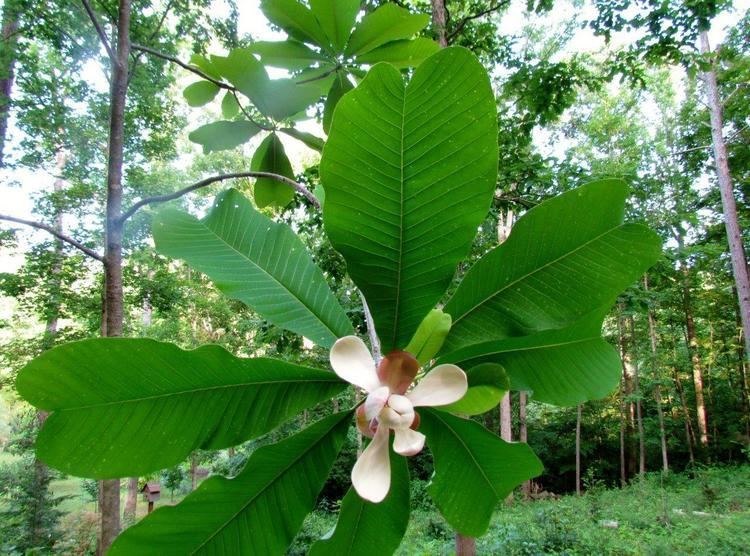Rank Species | Genus Magnolia Section Rhytidospermum Higher classification Magnolia | |
 | ||
Similar Magnolia, Magnoliaceae, Magnolia obovata, Phellodendron, Phellodendron amurense | ||
Large leaf magnolia officinalis
Magnolia officinalis (commonly called houpu magnolia or magnolia-bark) is a species of Magnolia native to the mountains and valleys of China at altitudes of 300–1500 m.
Contents

Identification
It is a deciduous tree growing to 20 m in height. The bark is thick and brown, but does not fissure. The leaves are broad, ovate, 20–40 cm long, and 11–20 cm broad. The flowers are fragrant and 10–15 cm wide, with 9-12 (rarely to 17) white tepals, and appear from May to June.
The two varieties are:


M. officinalis differs very little from Magnolia obovata; the only difference consistently observed between the two is hat the fruit aggregate of M. officinalis has a rounded base, while that of M. obovata has an acute base. Further research may or may not eventually determine if M. officinalis should be treated as a subspecies of M. obovata.
Uses

The highly aromatic bark is stripped from the stems, branches, and roots and used in traditional Chinese medicine, where it is known as hou po (thus the common name). The traditional use indications are to eliminate damp and phlegm, and relieve distension.
Today, the bulk of bark used for commercial and domestic use is supplied by plants in cultivation.
Pharmaceutical potential
The bark contains magnolol and honokiol, two polyphenolic compounds that have been demonstrated as peroxisome proliferator-activated receptor gamma (PPAR gamma) agonists and GABAA modulators. Preclinical studies have evaluated their various potential applications including antioxidant, anti-inflammatory, antitumor, and antimicrobial properties.
References
Magnolia officinalis WikipediaPhoto Credit: Mike Davy
